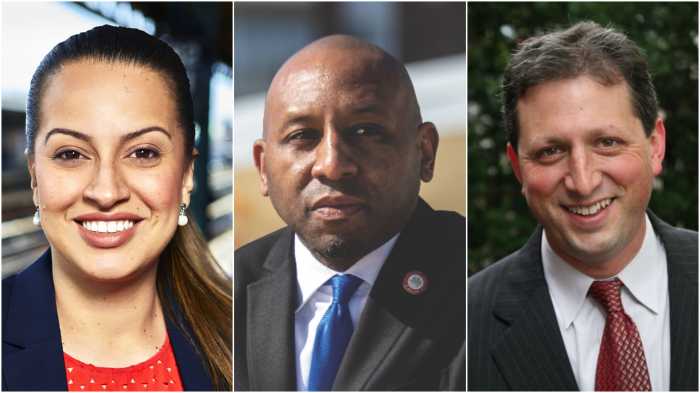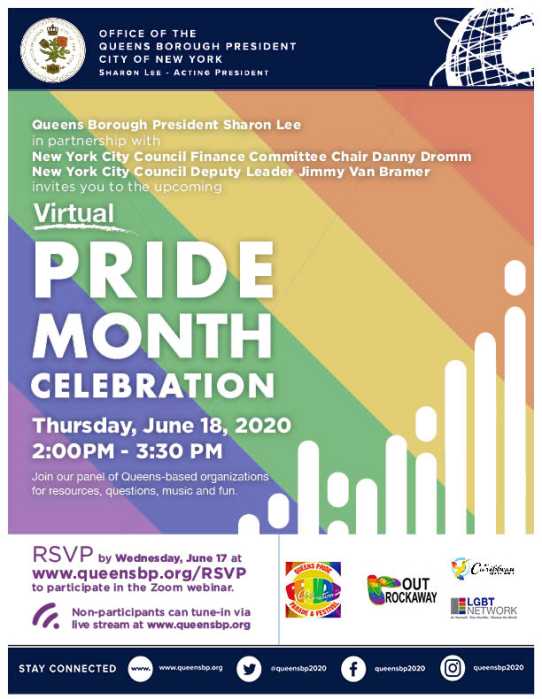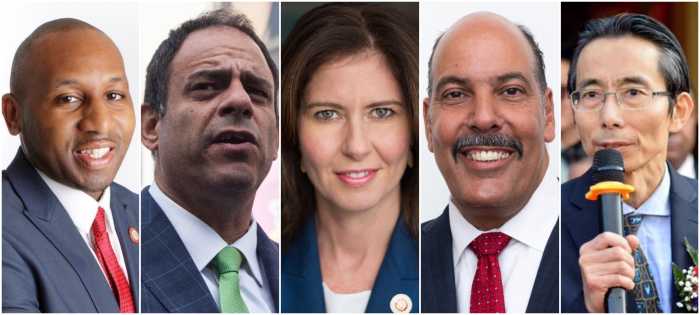When he launched his “common-sense” reforms of the 14 community boards in April, Queens Borough President Donovan Richards wanted the panels to become younger, become more diverse and include more women to better reflect the neighborhoods they serve.
On Thursday, July 1, his office released a new report providing both an overview of Queens community board demographics as of June 2020 and a detailed, multi-layered breakdown of this year’s historically diverse class of community board appointees.
The report, released as required by the New York City Charter, reads, “Queens Borough President Donovan Richards believes that local government is strongest when the voices of all the people it serves are elevated.”
His office spearheaded several important initiatives in 2021 to ensure that the 14 community boards more closely reflect the communities they represent by simplifying the application process, reaching out to underrepresented constituencies to generate a record number of applicants, and employing new tools to streamline the collection and analysis of demographic information.
“This year’s new community board appointment class is unprecedentedly diverse and represents an important first step in ameliorating the demographic disparities that exist on community board across Queens,” the report says. “But the unfortunate fact is that many of these disparities, although lessened this year, continue to exist. The Richards administration is dedicated to ensuring that community boards are demographically representative of their communities and will continue to work towards this goal.”
The report details how significant demographic inequalities existed across Queens community boards prior to Richards assuming office in December 2020, when he worked to correct that underrepresentation, beginning with women.
Of the 110 first-time appointees, 62.4 percent are women, a 20.2-point increase. Of this year’s first-time appointees, 74.3 percent are 45 years old or younger, with individuals who are 35 or younger making up 43.1 percent of all new appointees.
Compared to 2020 board membership, the 2021 class has greater percentages of those who self-identify as Latinx/Hispanic (24.8 percent), African American/Black (24.8 percent), immigrant (17.4 percent), East Asian/Pacific Islander (11 percent), South Asian (14.7 percent) and LGBTQIA+ (8.3 percent).
The revamped process led to a diverse pool of more than 700 applicants, including more than 700 people who were not existing members of a community board. Last year only 252 individuals applied for membership.
The detailed report is available in full at queensbp.org.
Meanwhile, Richards called the city budget agreement a step forward in the borough’s recovery from the COVID-19 pandemic with the restoration of much-needed resources to support the 2.4 million residents of Queens.
“I am especially proud to see a $44 million investment in community-based public safety programs, such as Cure Violence, of which I was an early advocate. When we have neighborhood-based solutions, we see a decrease in gun violence and gang violence,” Richards said. “These programs are historically underfunded, but today our city is making progress in making the change. The Cure Violence model is a model I truly believe in and one which centers our communities first and foremost.”
After watching the alarming rise of hate crimes in Queens, Richards is pleased to see programs funded that can help turn the tide.
“This pandemic also unfortunately propelled a pandemic of hate, particularly against our Jewish, Asian-American Pacific Islander (AAPI) and Muslim communities,” Richards said. “As Queens saw a rise against hate, I called for these investments and I am proud of the $4 million AAPI Community Support and $1 million Hate Crime Prevention Initiatives are included in this budget.”
Richards noted that the budget consists of allocations toward foreclosure prevention programs, sanitation services improvement and Summer Rising expansion.
“It is also evident this pandemic highlighted a series of inequities in our city,” Richards said. “From securing 100 percent of the Fair Student Funding allocation to committing funds to food pantries, this budget sends a strong message to New Yorkers that no New Yorker should be left behind. That message rings true here in Queens.”



































